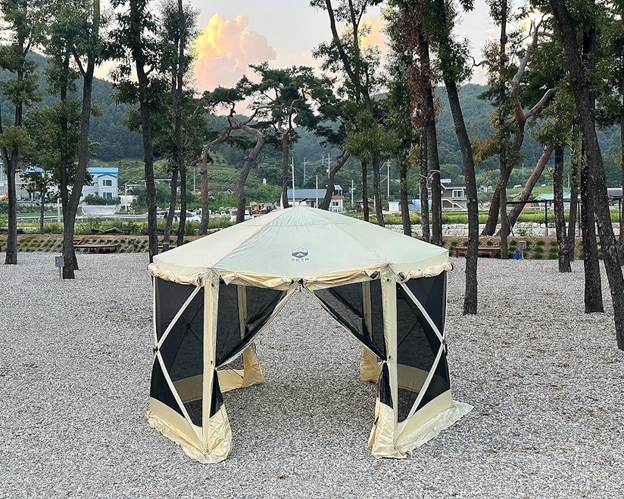When it comes to enhancing the aesthetics and functionality of your outdoor space, nothing does it better than an outdoor gazebo. These structures not only provide shade and shelter but also add a touch of elegance to your garden or patio.
However, buying one isn’t as straightforward as picking the first gazebo that catches your eye. There are several factors you need to consider to ensure that you make a wise investment. Here are seven important things to keep in mind when making your selection.
1. Material
The first thing to consider when purchasing a gazebo is the material. Gazebos are generally made from wood, metal, or vinyl. Wood gives a classic, rustic look but requires regular maintenance to prevent rot and insect damage. Metal gazebos are sturdy and long-lasting but can be susceptible to rust. Vinyl, on the other hand, is low-maintenance but may not offer the same level of aesthetic appeal as wood or metal.
2. Size and Shape
Size and shape are critical considerations, especially if you have a specific area where the gazebo will be placed. Make sure to measure the space accurately to ensure the structure will fit comfortably. Gazebos come in various shapes, including square, rectangular, octagonal, and even unique designs like the Octa 1994 Six-sided Gazebo Tent. The shape you choose will significantly influence both the gazebo’s functionality and how well it integrates with your existing outdoor decor.
3. Roofing Options
Gazebo roofs can be made of various materials, including fabric, metal, and shingles. Each has its own set of advantages and disadvantages. For instance, fabric is lightweight and easy to replace but may not be as durable in extreme weather conditions. Metal roofs are sturdy but can get hot under the sun. Shingle roofs look great and are durable but can be more expensive and heavier, requiring a stronger foundation.
4. Flooring
Some gazebos come with built-in flooring, while others don’t. If you plan to place your gazebo on grass or a garden, then a built-in floor can provide stability and keep the interior clean. However, if you’re installing the gazebo over an existing patio or deck, then flooring may not be necessary.
5. Weather Resistance
Make sure to consider the weather conditions in your location. If you live in an area prone to strong winds or heavy snowfall, you’ll need a gazebo open tentsthat can withstand these elements. Look for features like reinforced frames, heavy-duty roofing materials, and quality anchoring systems.
6. Ease of Assembly
Some gazebos require professional installation, while others come in kits that you can assemble yourself. If you’re good at DIY projects, a kit can save you money. However, for larger or more complex structures, it might be wise to hire professionals to ensure the gazebo is safely and properly installed.
7. Budget
Last but not least, consider your budget. Gazebos can range from affordable pop-up styles to luxurious custom designs. While it’s tempting to go for the cheapest option, remember that you often get what you pay for. Investing in a high-quality outdoor gazebo will likely provide a more durable and enjoyable outdoor space for years to come.
Conclusion
Choosing the right gazebo requires careful consideration of multiple factors, including material, size, shape, roofing options, flooring, weather resistance, ease of assembly, and budget. By taking the time to evaluate each of these aspects, you can find the perfect structure to enhance your outdoor living space, making it a haven for relaxation and social gatherings.

